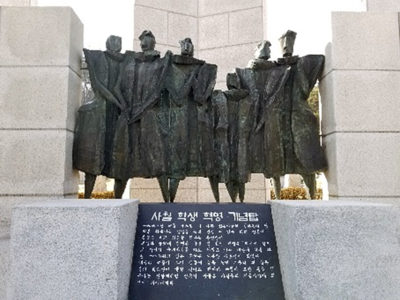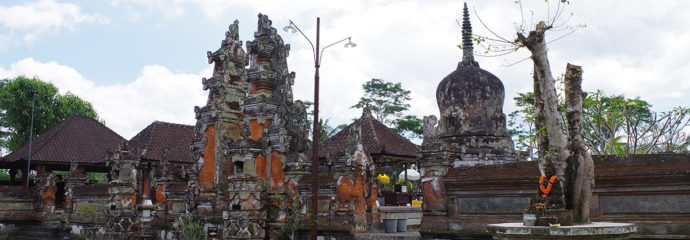Osaka University of Tourism’s
Web magazine”passport”

「passport(パスポート)」は、観光や外国語、国際ニュースなどをテーマに、
大阪観光大学がお届けするWEBマガジンです。
記事を書いているのは大阪観光大学の現役の教授や学生たち。
大学の情報はもちろん、観光業界や外国語に興味のある方にも楽しんでいただける記事を定期的に公開していきます。
和敬清寂
米国ジョージア州立大学外国語学部に客員研究者として滞在していた時、指導教員からの依頼を受け、日本語のクラスで茶道の講義と演習を行った。日本から携帯用茶道具一式と抹茶を持参していた。その抹茶を使い、数が必要な抹茶碗は指導教員の高取由紀先生から拝借した。通常の客点前では行わないが、衛生面を考え、抹茶を飲んだ後は必ず茶碗を洗浄し、次の者に渡すというルールを決め、授業に臨んだ。
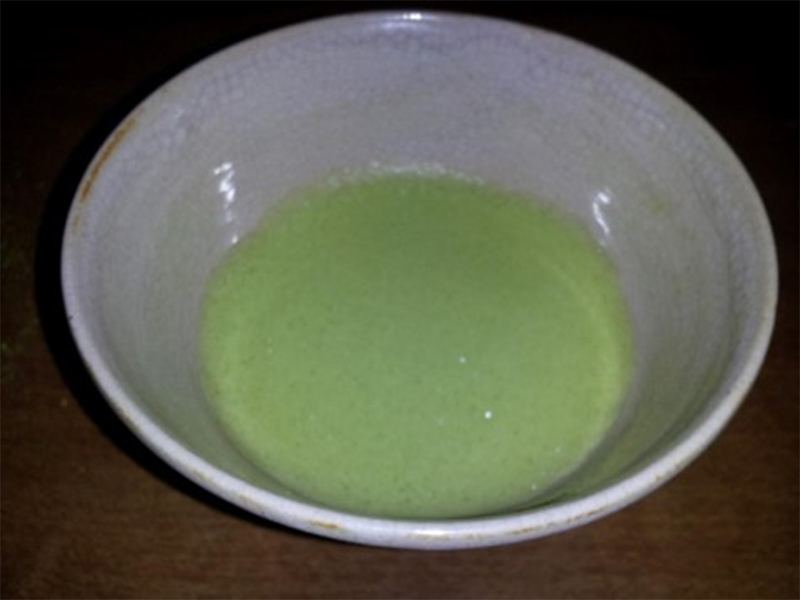
和菓子は衛生面を考慮し、各々小袋に入った菓子にした。当日前半は裏千家茶道の教本を基に茶道の成り立ちと精神について講義した。後半はクラス全員が客となり、菓子鉢から菓子を取り、最初に菓子を口に運び、教員が茶を点て、学生数人が点てられた抹茶を運び、他の学生は客点前を行った。授業は和気あいあいとした雰囲気で進み、日本語100番台(初級)、200番台(中級)の学生はそれぞれ運ばれた抹茶と菓子で客点前を実習した。
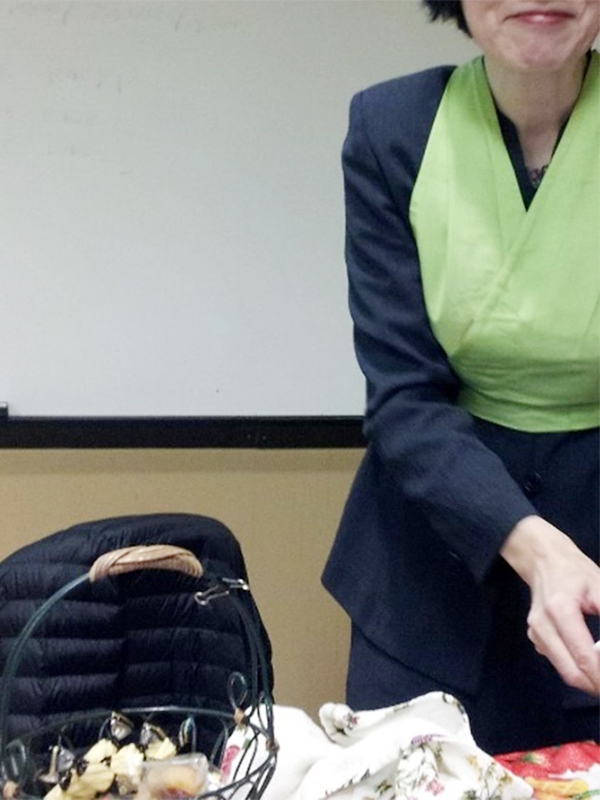
日本に茶が伝授されたのは奈良時代である。室町時代には村田珠光が茶道を提唱した。茶道を集大成したのは安土桃山時代に生きた千利休だった。千利休は四規と名付けられた「和敬清寂」を茶道の重要な心得とした。「和」は調和し、「敬」は主客互いに敬いの心を持ち、「清」は茶室を清浄に保つだけではなく清らかな心を持ち、「寂」は穏やかでどんな時にも動じないことを意味する。
四規を学んだ学生達は、和やかに茶を運び、一礼をして茶を飲み、静かに茶碗を洗浄し、茶道の時間を楽しんだ。日本から太平洋を隔てた米国でも日本語や日本文化を学ぶ若者がいる事に大変励まされた時間だった。本学でも通訳ガイドスタディの授業で学生達は日本文化を英語で紹介している。本学の「和魂地球人」の育成の精神に沿った学びを実践している学生を頼もしく感じている。
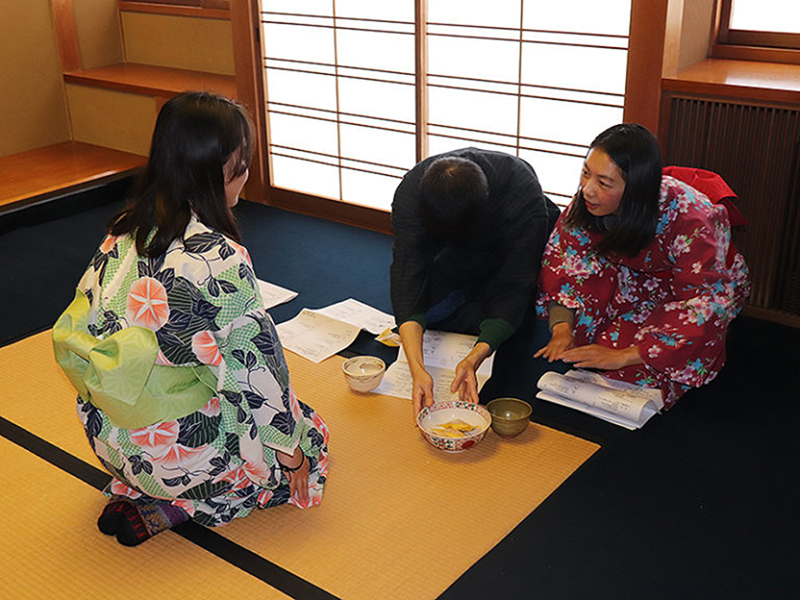
裏千家茶道(準)教授?佐藤 宗晶
Wa (Harmony), Kei (Respect), Sei (Purity) and Jaku (Tranquility)
?While I stayed as a visiting scholar at the Faculty of World Languages and Cultures, Georgia State University seven years ago, I received a request from the supervisor, Dr. Takatori, to give a lecture on the Japanese tea ceremony in a Japanese language class as I brought a set of portable tea utensils and matcha from Japan. Dr. Takatori kindly lent matcha bowls so that I could serve matcha to her students. Although the guests do not wash the tea bowls after drinking matcha according to the Chado manner, the students who played roles of guests passed their tea bowls after drinking matcha and washing their tea bowls in the class considering the aspect of hygiene. In consideration of such circumstances, I chose Japanese sweets wrapped in bags.
?I explained the four most essential elements of the tea ceremony based on the Urasenke tea ceremony textbook. Each American student drank matcha in a matcha bowl. The students who learned Japanese 100 (beginner) and 200 (intermediate) enjoyed the matcha and sweets in a friendly atmosphere.

茶道授業受講生(写真公開許可受領済)
?Japanese missions to Tang China (618-907) called “Kentoshi” introduced Chinese tea leaves to Japan during the Nara period (710-794). During the Muromachi period (1336-1573), Murata Juko (1423-1502) advocated the tea ceremony. In the Azuchi Momoyama period (1568-1600), Sen no Rikyu (1522-1591) compiled the activities and theory into four rules “Wa,” “Kei,” “Sei,” and “Jaku,” called “Shiki” of the Japanese Tea Ceremony. “Wa” means harmony, “Kei” means respect for each other, “Sei” means keeping the tearoom clean with a pure mind, and “Jaku” means serving tea in a quiet and calm atmosphere.
?The students who learned the above four rules calmly carried tea bowls to other classmates for serving matcha. They bowed each other. The students who played the role of guests drank matcha and quietly washed their tea bowls to pass the tea bowls to their next guests. They all enjoyed the tea ceremony time. It was very encouraging to see young people enthusiastically studying Japanese language and Japanese culture in the United States far across the Pacific Ocean from Japan. The students of Osaka University of Tourism introduce Japanese culture in English in the Guide-Interpreting Study class. I felt comfortable to see the students who practice the spirit of fostering “talented personnel promoting globalization with Japanese cross-cultural mind.”
SATO Sosho, First Degree Instructor, Urasenke Chado
参考文献:
?一般財団法人今日庵.(2010).「茶の心」裏千家今日庵.
Retrieved from http://www.urasenke.or.jp/textb/spirit/spirit1.html
?Urasenke Konnichian.(2015). “An Introduction to Chado: The Spirit of Chado” The Urasenke Tradition of Tea.
Retrieved from http://www.urasenke.or.jp/texte/chado/chado1.html




